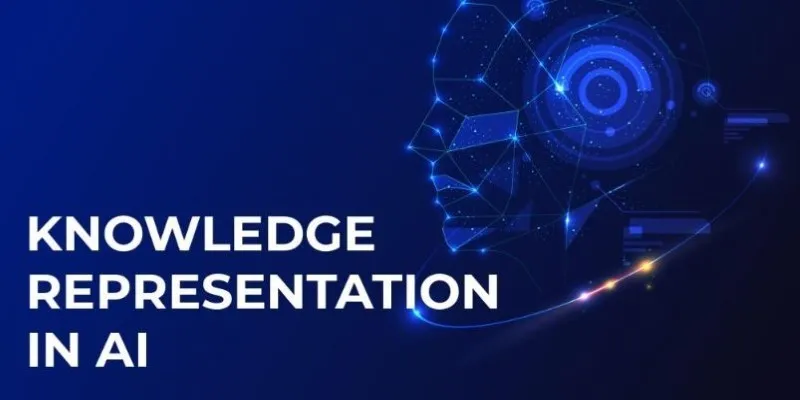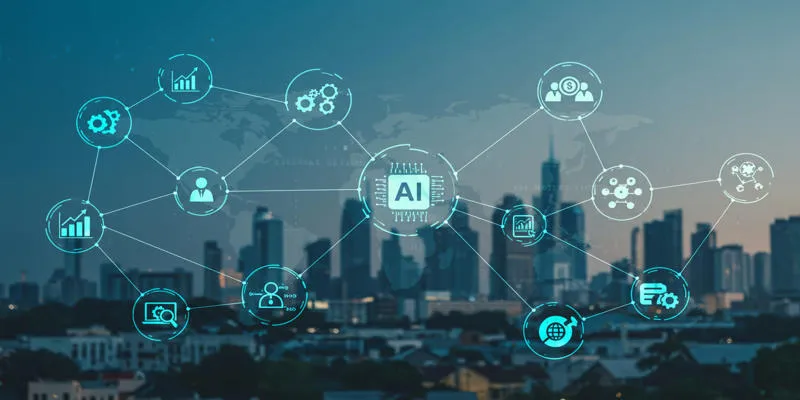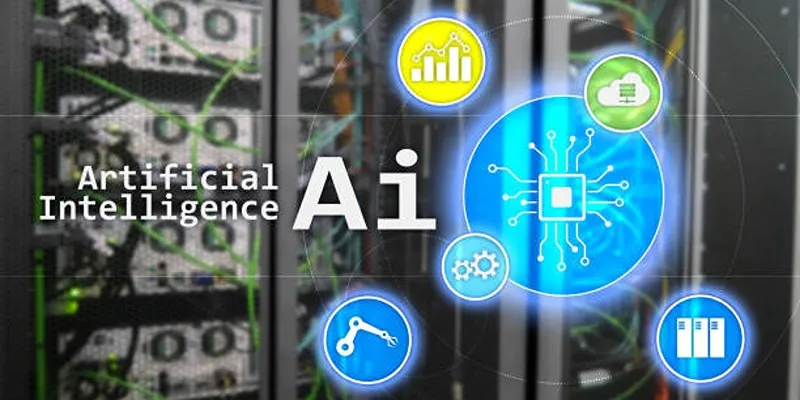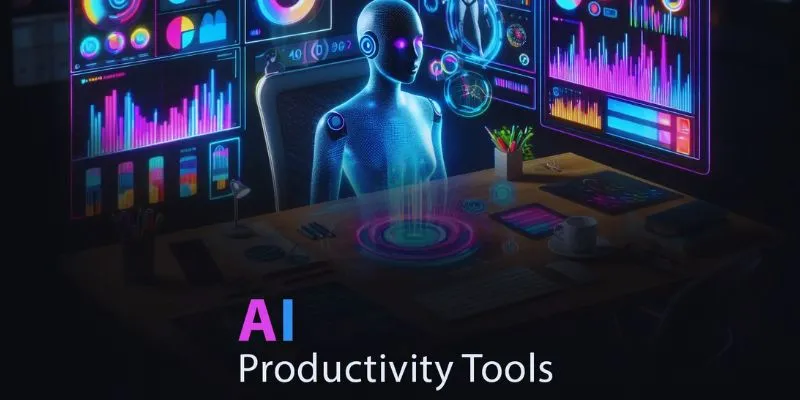Technology is continuously becoming more integrated into our lives. Devices that once required large computers now fit comfortably in our pockets. Today, artificial intelligence (AI) doesn’t just run in distant data centers—it’s embedded in the devices we use every day. Welcome to the world of Edge AI, where smart technology operates directly on local devices like smartphones, cars, and wearables.
Edge AI reduces reliance on cloud servers, enhancing speed, privacy, and efficiency. It enables devices to analyze data, make decisions, and react immediately without needing an internet connection. As demand grows for faster and more private technology, Edge AI is transforming industries and shaping our future.
Understanding Edge AI: How It Works
Edge AI involves executing artificial intelligence algorithms on local devices—the “edge” of the network—rather than sending data to distant servers. This edge can be a smartphone, a smart camera, a wearable fitness tracker, or even an automobile’s onboard computer. Instead of depending on a constant internet connection to a data center, Edge AI allows devices to make real-time decisions based on the data they collect.
How is this possible? Traditionally, AI models, especially deep learning models, required significant computing resources, typically provided by cloud servers. However, advancements in software and hardware have enabled the development of lightweight AI models that can run on smaller devices. These models are either pre-trained in the cloud and deployed onto the edge device or trained locally if the device is capable.
Edge AI employs specialized chips, such as GPUs (Graphics Processing Units), TPUs (Tensor Processing Units), or NPUs (Neural Processing Units), designed for processing AI tasks. Efficient software frameworks like TensorFlow Lite and PyTorch Mobile allow developers to reduce large AI models to manageable sizes for local devices.
This setup not only reduces the burden on cloud infrastructure but also minimizes latency. For example, if a security camera with Edge AI detects motion, it doesn’t need to send the video feed to a server for analysis. It can instantly determine whether the motion is a person, an animal, or a falling leaf—all processed locally within the device.
Benefits of Edge AI in Everyday Technology
One major benefit of Edge AI is speed. Since data doesn’t need to travel to a remote server and back, response times are often measured in milliseconds. In scenarios where timing is crucial—such as autonomous driving or health monitoring—this speed can be vital.

Another advantage is privacy. In traditional cloud-based AI, raw user data must be sent to external servers for processing. With Edge AI, sensitive data like voice commands, facial recognition patterns, or medical readings can be analyzed and acted upon locally, reducing the risk of interception or misuse.
Edge AI also improves energy efficiency. Cloud computing requires continuous data transmission, which drains battery life on mobile devices. Local processing saves both energy and bandwidth, which is particularly valuable for wearable devices with limited battery life.
Moreover, Edge AI allows devices to function without internet connectivity. Smart home gadgets, security systems, or industrial sensors can operate reliably in remote areas or during network outages because they don’t rely on cloud access for core functions.
Industries are rapidly adopting Edge AI for these reasons. In agriculture, smart sensors analyze soil conditions on-site without waiting for a network signal. In healthcare, portable diagnostic tools equipped with Edge AI provide real-time results without needing to upload patient data externally. Retail stores use Edge AI-powered cameras for real-time foot traffic analysis without sending sensitive customer data to the cloud.
Challenges and Future of Edge AI
While Edge AI offers many benefits, it also faces challenges. The primary hurdle is hardware limitations. Edge devices typically have less processing power, memory, and energy resources compared to centralized servers. Designing efficient AI models that can operate within these constraints is an ongoing task for developers.

Security is another concern. While Edge AI enhances privacy by keeping data local, it can also create new vulnerabilities. If devices aren’t properly secured, attackers could potentially access sensitive AI models or interfere with local data processing.
Additionally, updating AI models is a challenge. In the cloud, updating a model is straightforward. For Edge AI, updating millions of distributed devices requires a secure and efficient method to push new versions without compromising functionality or security.
Looking forward, Edge AI has immense potential to further reshape industries. The rollout of 5G technology is expected to complement Edge AI by providing faster connectivity when needed while still allowing devices to function independently. Advances in semiconductor technology are producing smaller, more powerful chips capable of handling increasingly complex AI tasks on the edge.
Self-driving cars are perhaps the most visible example of Edge AI in action. These vehicles need to make split-second decisions about braking, steering, and obstacle avoidance—all without waiting for instructions from a remote server. As the technology improves, Edge AI is expected to expand into areas like personalized healthcare, advanced robotics, and smart cities.
Consumer devices will also become smarter and more personalized. Thanks to Edge AI, imagine earbuds that automatically adjust audio settings based on your environment or smartphones that manage power consumption dynamically based on your daily usage.
Conclusion
Edge AI is transforming technology by bringing smart processing directly to local devices. It enhances speed, privacy, and efficiency while reducing dependence on cloud servers. From smart homes to healthcare and autonomous vehicles, Edge AI is quietly powering a more responsive and secure digital world. As devices continue to evolve, Edge AI will become an essential part of daily life, working in the background to deliver faster, smarter, and more personalized experiences without compromising user privacy or performance.
 zfn9
zfn9























